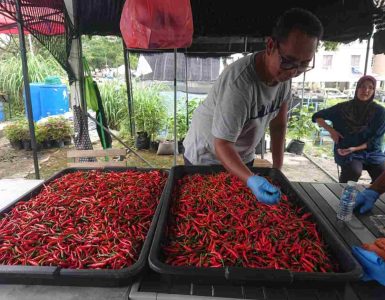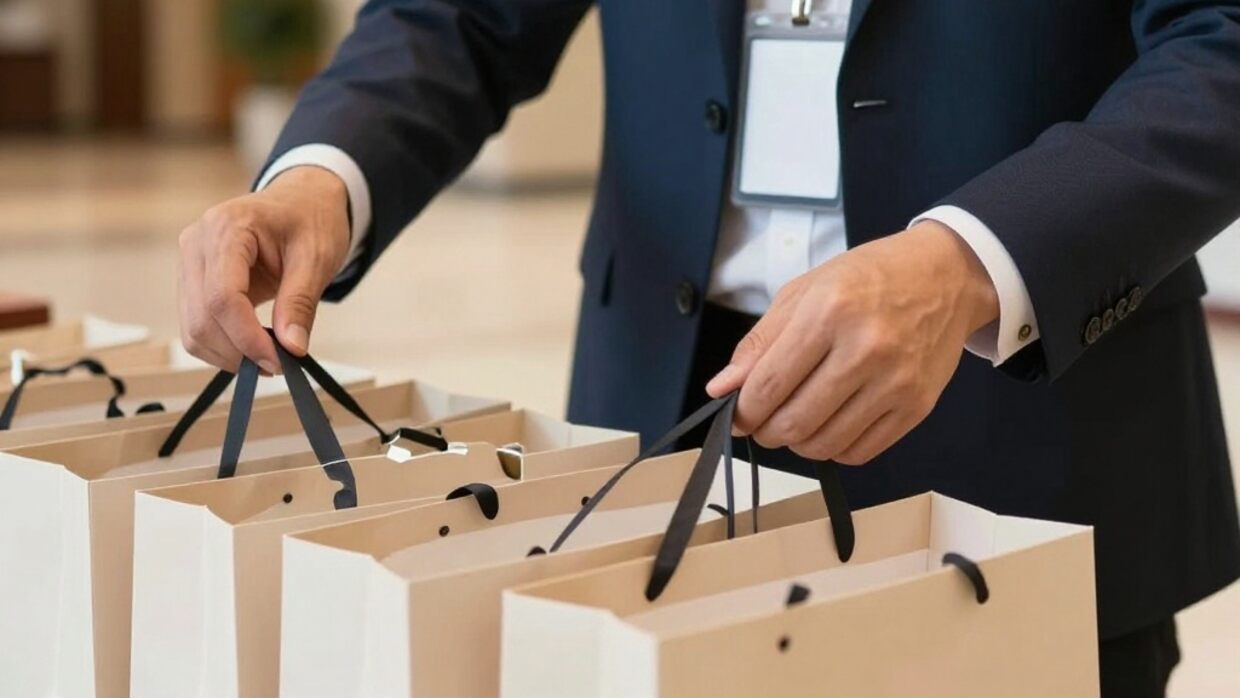
In an effort to combat traffic congestion in the capital city, Transport Minister Anthony Loke announced the activation of three contraflow lanes or tidal flow lanes starting from July 3.
The decision was made during a meeting of the Technical Committee on Traffic Congestion, chaired by Minister Loke. These contraflow lanes will provide immediate relief to motorists facing congestion issues in Kuala Lumpur.
The contraflow lanes will be implemented along key routes, including the stretch from Sungai Besi toll plaza to BESRAYA interchange, Jalan Maharajalela to Taman Connaught, and Jalan Ampang from Ampang Point to Jalan Tun Razak.
Contraflow lanes and regulations

The activated contraflow lanes will span various key routes in Kuala Lumpur. The first lane will run from the Sungai Besi toll plaza to the BESRAYA interchange, covering a distance of 2.4 kilometres.
The second contraflow lane will stretch for four kilometres, spanning from Jalan Maharajalela to Taman Connaught. The third lane, exclusively designated for public buses, will cover a three-kilometre stretch from Ampang Point to Jalan Tun Razak.
During a press conference, Loke clarified that the contraflow lanes are accessible to all vehicle types, except motorcycles.
However, private vehicles are strictly prohibited from using the Ampang Point to Jalan Tun Razak lane as it will be dedicated exclusively to public buses. Stringent enforcement measures will be in place to ensure compliance and penalize violators.
Activation times and long-term plans

The contraflow lanes will be operational during peak hours to maximize their effectiveness. Specifically, the contraflow will be implemented from 6 am to 9 am and from 5 pm to 7 pm. To ensure the smooth and safe operation of the contraflow lanes, the Malaysian Institute of Road Safety Research (Miros) will develop comprehensive guidelines.
Loke emphasized that while the contraflow lanes aim to alleviate traffic congestion, a long-term solution is still under discussion. In ongoing discussions involving academicians, efforts are being made to identify the root causes of congestion and promote the use of public transportation.
According to a study conducted by the Kuala Lumpur City Hall (DBKL), approximately six million vehicles ply the city’s roads daily, while public transport ridership stands at just one million or 15 per cent.
Additionally, Loke advised DBKL to adopt a stricter approach in approving temporary road closures requested by contractors for construction and other purposes. This measure aims to minimize disruptions and alleviate congestion caused by road closures.
As these lanes come into operation, motorists can expect improved traffic flow during peak hours.











